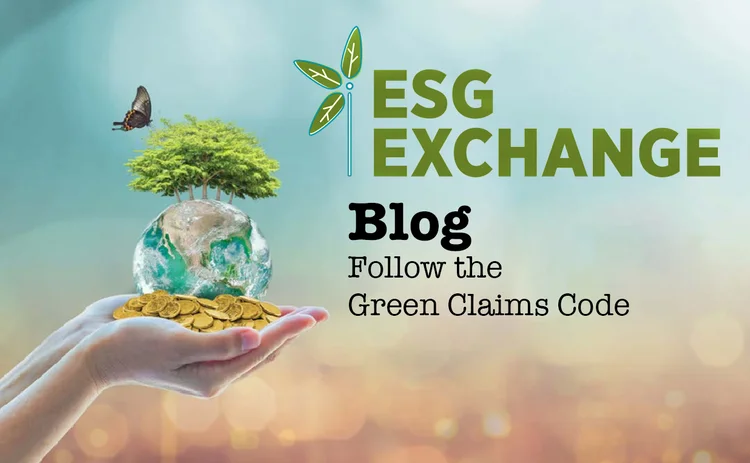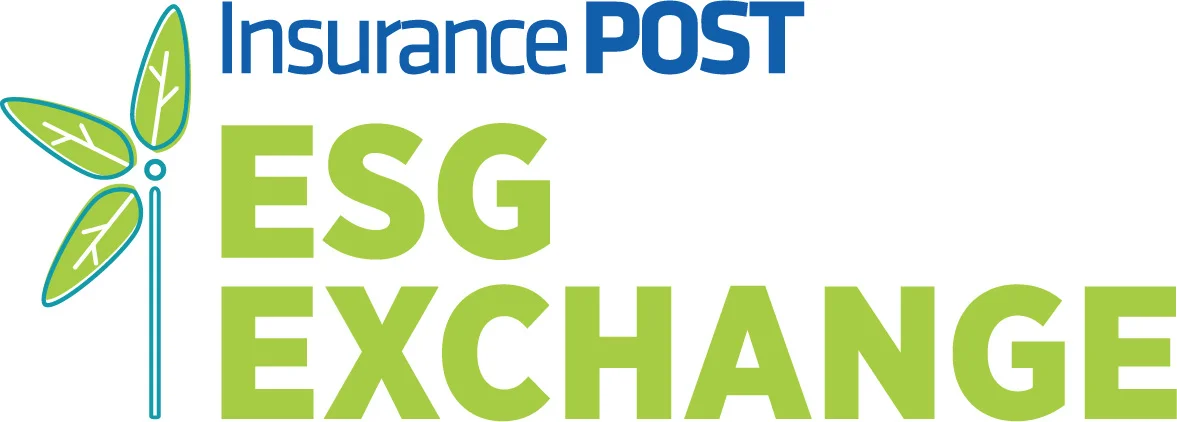
ESG Blog: Follow the Green Claims Code

Andrew Waddelove, head of sustainability at LV general insurance, looks at substantiating ESG claims, and considers what the Green Claims Code means for the insurance industry.
Many of us struggle when it comes to identifying the environmental impact of products and services. When thinking about which industries are environmentally conscious and which aren’t, it’s easy to assume that some products are greener than others. But how does the industry get to the truth in this?
The role that organisations play in addressing their environmental impact has grown so much, and it’s increasingly marketed to consumers. It’s a huge challenge for many organisations as the industry looks to demonstrate our environmental, social and governance goals and how they will be met. This is especially important for companies that don’t produce anything, but provide a service to customers.
Looking more specifically at the ‘E’ (environmental), making sure that our green claims stack up, as well as accessing data industry needs, is crucial as the industry looks to market our products and services as ‘green’. This, coupled with increasing consumer awareness around sustainability, is driving a step-change. But what relevance does this have to insurance companies?
Ensuring transparency in claims
As consumers increasingly demand products and services that have a reduced environmental footprint, the need to ensure that green claims are transparent and not misleading has risen. This is where the Green Claims Code comes in – largely in response to research – which found that 40% of green claims could be misleading.
It was launched in September 2021, and sets out six simple principles and a checklist of 13 questions that companies should respond to. Under these principles, claims must be truthful and accurate, clear and unambiguous, not omit or hide important relevant information, and consider the full lifecycle of the product or service. The claims must also be substantiated, and comparisons must be fair and meaningful.
The big question that remains is how do we establish what information do consumers need to make informed decisions as to the environmental benefits – or otherwise – of the product they purchase? It’s not just manufacturers, wholesalers, distributors and retailers that need to look at their overall business claims, but also the particular components or aspects of their products and services – and even their processes.
The focus then is on how claims about the environmental impact of products and services are made, and whether they are supported by evidence, in particular, claims that individual items are sustainable or better for the environment.
The insurance industry needs to be conscious of any green claims, comparisons they make between products and – most importantly – communicate to consumers the benefits of repair over replace, and recycling
The insurance industry needs to be conscious of any green claims, comparisons they make between products and – most importantly – communicate to consumers the benefits of repair over replace, and recycling.
Looking beyond the ‘E’
It’s not just in the environmental part of ESG that the industry can play its part and set goals and ambitions. The social and governance parts are just as important, and there are strategies like investing in apprenticeships internally and externally, charity partnerships, and making sure that your suppliers are paid promptly to help the entire supply chain.
Good Business Pays is a new nationwide movement to encourage the UK’s largest companies to fast track payments to smaller suppliers. This is because slower payments can bankrupt small businesses – and this problem has existed for many years. The list includes insurance companies and sparks the thought of how we can all consider ways to help the entire insurance sector. This may be something that organisations have never considered before, and embedding these initiatives should now become part of their forward-thinking culture.
One last thing to mention is the focus on nailing your claims. If existing claims can be verified with data, then organisations can go on to make new and potentially bolder claims, which is what we know consumers want to see.

Post’s ESG Exchange
This article is part of Post’s ESG Exchange from 7 to 18 March featuring free to access webinars, blogs and interviews focusing on ESG.
Today ESG is a powerful tool in the insurance industry, presenting both risks and opportunities for businesses. Register now to watch any of the ESG focused webinars, and have the opportunity to explore and read future content online.
- What do SMART environmental goals look like for the insurance industry?
- Implementing ESG practices across the insurance supply chain.
- What are some of the challenges in creating a more diverse workforce?
- Which area of business should you focus on first in implementing the ESG Agenda
- Will ESG reputation end up being one of the top attractions for insurers in terms of investments?
To register, please click here
Only users who have a paid subscription or are part of a corporate subscription are able to print or copy content.
To access these options, along with all other subscription benefits, please contact info@postonline.co.uk or view our subscription options here: https://subscriptions.postonline.co.uk/subscribe
You are currently unable to print this content. Please contact info@postonline.co.uk to find out more.
You are currently unable to copy this content. Please contact info@postonline.co.uk to find out more.
Copyright Infopro Digital Limited. All rights reserved.
As outlined in our terms and conditions, https://www.infopro-digital.com/terms-and-conditions/subscriptions/ (point 2.4), printing is limited to a single copy.
If you would like to purchase additional rights please email info@postonline.co.uk
Copyright Infopro Digital Limited. All rights reserved.
You may share this content using our article tools. As outlined in our terms and conditions, https://www.infopro-digital.com/terms-and-conditions/subscriptions/ (clause 2.4), an Authorised User may only make one copy of the materials for their own personal use. You must also comply with the restrictions in clause 2.5.
If you would like to purchase additional rights please email info@postonline.co.uk








